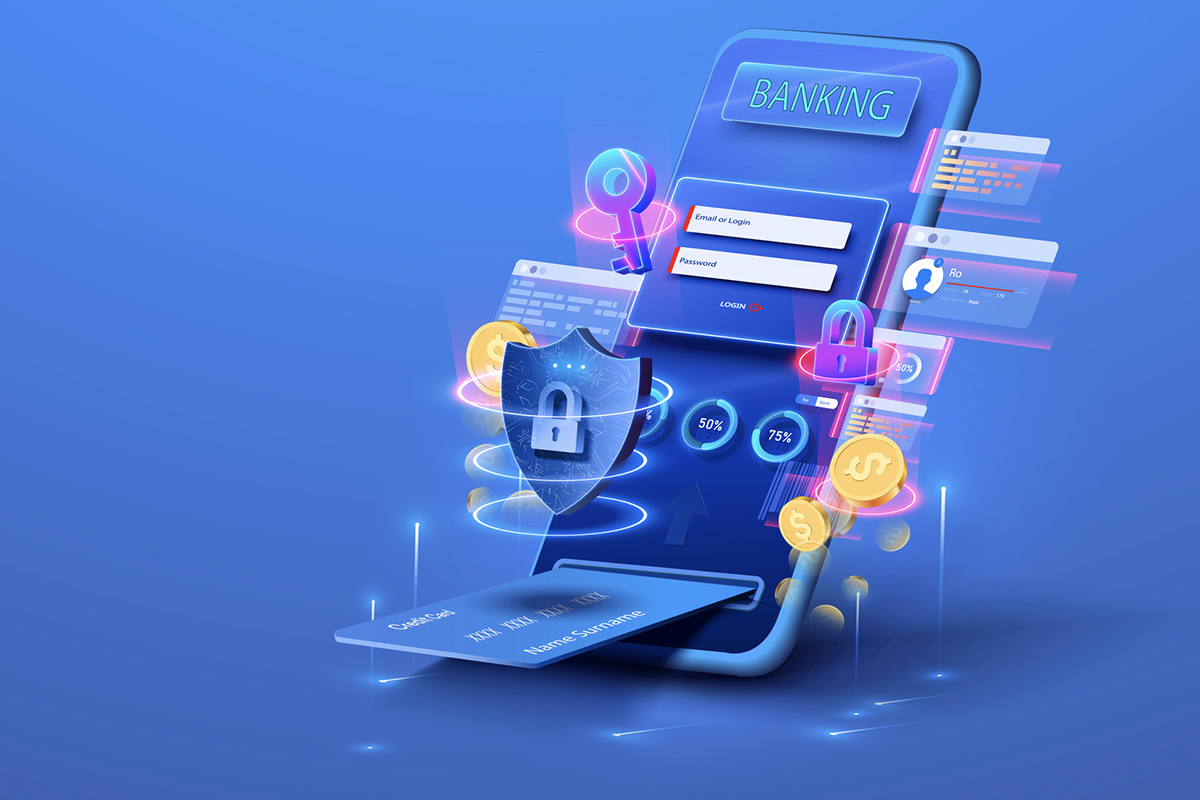
In today’s fast-paced world, convenience is key, and digital banking is leading the charge in revolutionizing how we manage our finances. In fact, according to the American Bankers Association, 71% of consumers prefer to manage their bank accounts digitally. Gone are the days of rushing to the bank during limited operating hours or fretting over lost checkbooks.

What is digital banking?
Digital banking describes the use of online platforms and electronic devices to manage and access banking services. This digitization of banking processes and activities removes the need for customers and members to visit physical branches because with digital banking, paying bills, transferring funds, and checking your balance is as easy as a few clicks or taps.
What are the advantages of digital banking?
- Convenience – Digital banking allows users to manage their accounts, transfer money, pay bills, and perform other transactions anytime, anywhere–without needing to visit a physical bank. Additionally, unlike traditional banks with limited operating hours, digital banking services are available around the clock. 24/7 accessibility gives users the flexibility to handle financial matters whenever it’s most convenient, making banking more accessible for people with busy lifestyles.
- Security – To help protect your financial data, digital banking integrates advanced security features such as two-factor authentication, biometric verification, and real-time alerts. As financial technology continues to evolve, digital banking becomes increasingly secure, ensuring that your accounts and data remain well protected.
- Speed and Efficiency Help to Cut Costs – Transactions such as transferring money or paying bills can be completed instantly through digital banking platforms. Automation and streamlined processes reduce waiting times and paperwork, enhancing the user experience. By automating many processes and reducing the need for physical infrastructure, digital banking can lower costs for both banks and consumers. Users benefit from lower fees, higher interest rates on savings, and more competitive financial products all while enjoying high-speed and efficient online banking.
- Financial Management – Many digital banking platforms offer tools and features to help users manage their finances better. These can include budget tracking, spending insights, and personalized financial advice, making it easier for users to make informed decisions about their money.
- Financial Inclusion & Equity – Digital banking enables more people, including those in remote or underserved areas, to manage their finances effectively. This democratization of financial services helps close the gap, bringing more people into the financial system and increasing financial literacy for individuals who previously lacked access to traditional banking.
Bringing it all together
Whether you’re a seasoned, tech-savvy user or just learning about digital banking, there’s no denying the advantages of convenience and security that it offers.
Say goodbye to the hassle of traditional banking and hello to a smarter, more efficient way to manage your money. With digital banking, the future of finance is right at your fingertips.